The application of radiant tubes in industrial furnaces has many significant advantages. The heating principle of radiant tubes is to transfer heat directly to the heated object through radiation heat transfer, without relying on contact with air or other media. The biggest advantage of this heating method is the efficient energy transfer, which reduces the heat loss during the transmission process. Traditional heating methods often rely on heat convection or heat conduction, which will suffer from large heat losses when transferring heat. Radiant tubes directly apply heat to the target object through radiation, ensuring efficient heating, especially suitable for industrial furnace applications that require high temperature heating.
Radiant tubes can provide very uniform heat distribution during the heating process. Due to the characteristics of radiant heat transfer, heat can be directly transferred to the surface of the target object without being affected by the surrounding air flow, which avoids uneven heating problems caused by uneven air flow or temperature fluctuations. For some precision industrial heating processes, such as heat treatment or casting processes, temperature uniformity is crucial. Radiant tubes can ensure a more uniform temperature distribution during the heating process, thereby reducing the defects caused by local overheating or overcooling of the product and improving the overall quality of the product.
Radiant tubes are also highly adaptable, especially in extreme working environments. Unlike traditional heating equipment, radiant tubes do not rely on direct contact with the medium, which enables them to work normally under some special atmospheres or vacuum conditions. In many industrial furnace applications, heating treatment may be required under inert gas or vacuum environments, and traditional convection heating methods often cannot adapt to these special conditions. However, since radiant tubes do not rely on contact with the medium, they can work stably under these special environments and provide a stable heating source for industrial furnaces.
Energy saving is another major advantage of radiant tubes in industrial furnaces. Since radiant tubes can transfer heat to the heated object through direct radiation, heat waste is greatly reduced. Compared with traditional heating methods, radiant tubes can use energy more efficiently, thereby reducing energy consumption. For enterprises, this not only means reducing energy costs, but also improving production efficiency and economic benefits. In the current environment where environmental protection and energy-saving requirements are becoming increasingly stringent, the high energy efficiency characteristics of radiant tubes provide a greener and more economical solution for industrial production.
Radiant tubes also perform well in temperature control. Since radiant tubes usually use efficient electric heating elements or burners as heat sources, they can provide stable heating output to ensure that the temperature in the industrial furnace remains within a precisely controlled range. This is especially important for some processes that require precise temperature control. For example, in the process of metal heat treatment, precise temperature control can ensure that the hardness, toughness and other properties of the metal meet the expected requirements and avoid quality problems caused by temperature fluctuations. Radiant tubes have become an ideal choice for many high-precision heating applications.
The long life and high reliability of radiant tubes are also one of the important reasons why they are widely used in industrial furnaces. The heating elements of radiant tubes are made of high-temperature and corrosion-resistant materials, which can withstand long-term high-temperature operation without being easily damaged. In the high-temperature working environment of industrial furnaces, the reliability of radiant tubes ensures the long-term stable operation of equipment, reduces the frequency of maintenance and replacement, and avoids production interruptions. This is essential for many industrial applications that require high efficiency and high reliability.
Radiant tubes also have environmental advantages. Due to their efficient heating characteristics, radiant tubes can reduce energy waste and reduce carbon emissions, which meets the environmental protection requirements of modern industry. Many companies are now actively promoting green production, and radiant tubes, as an energy-saving and efficient heating technology, can reduce the negative impact on the environment while ensuring production benefits and enhance the social responsibility image of enterprises.


 English
English русский
русский عربى
عربى

.jpg)
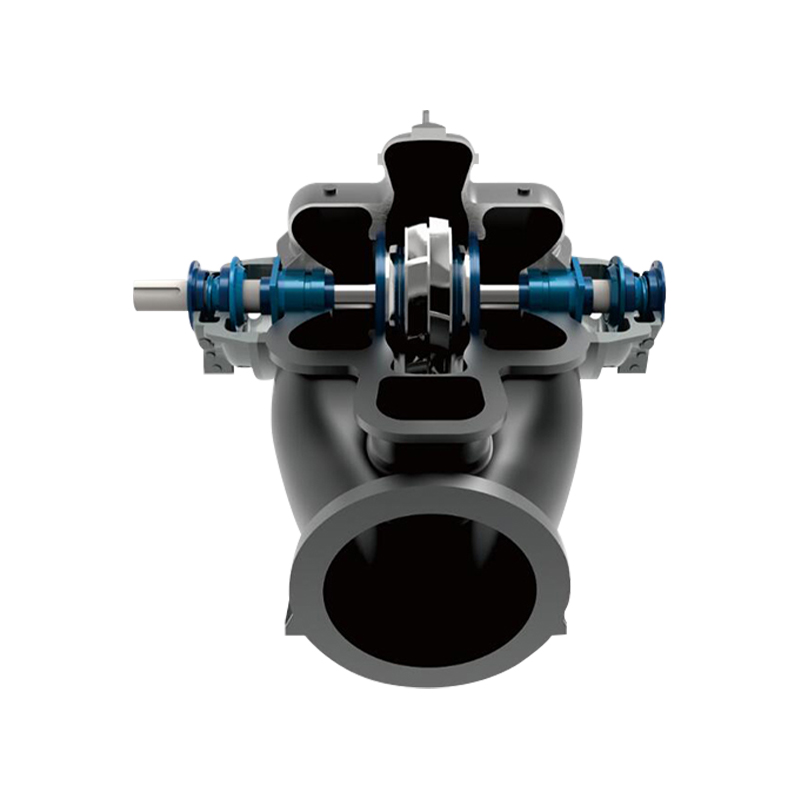
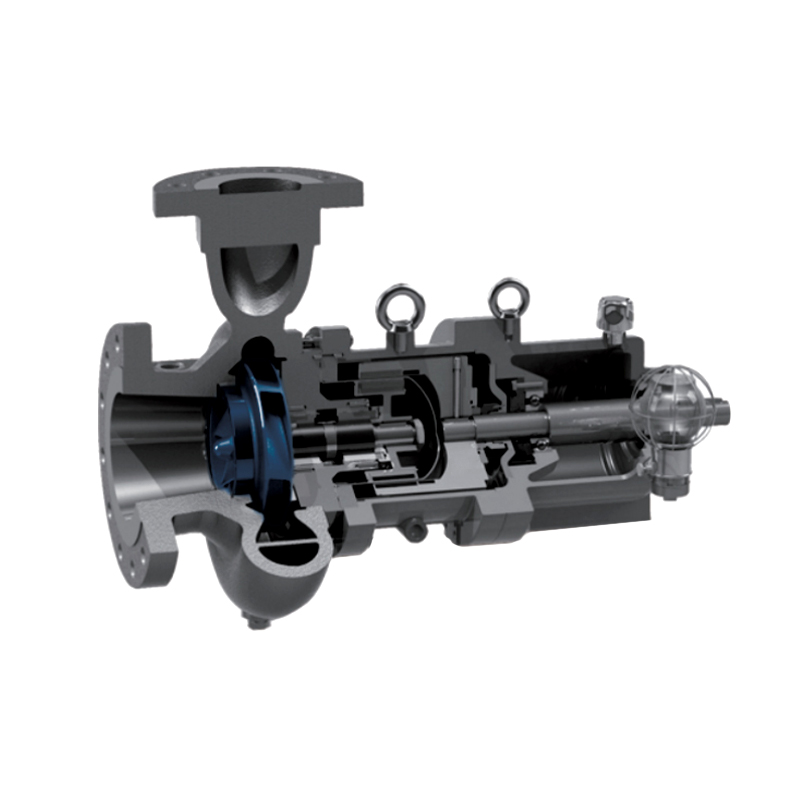
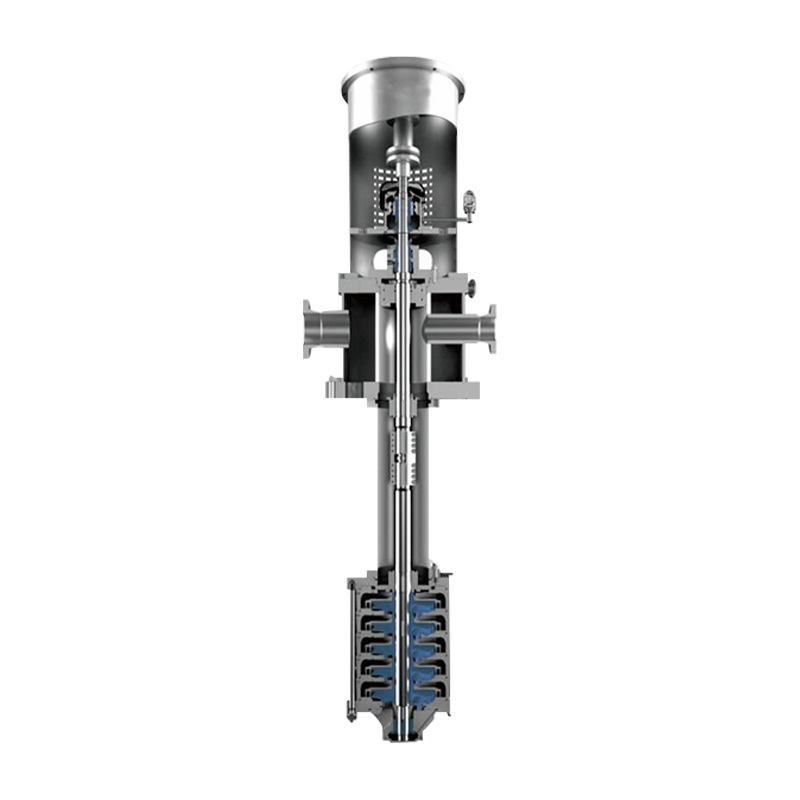
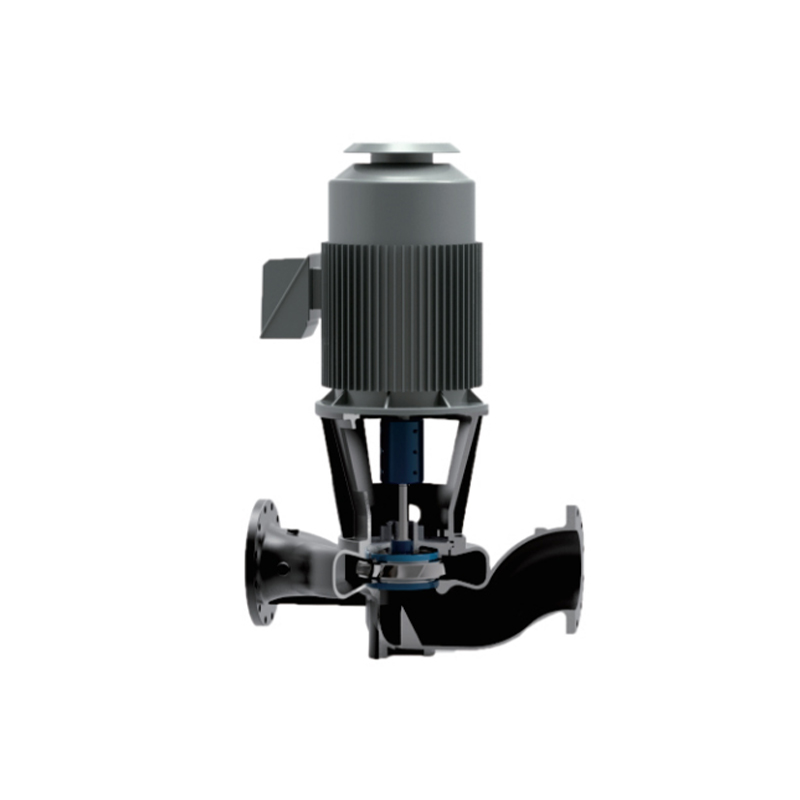
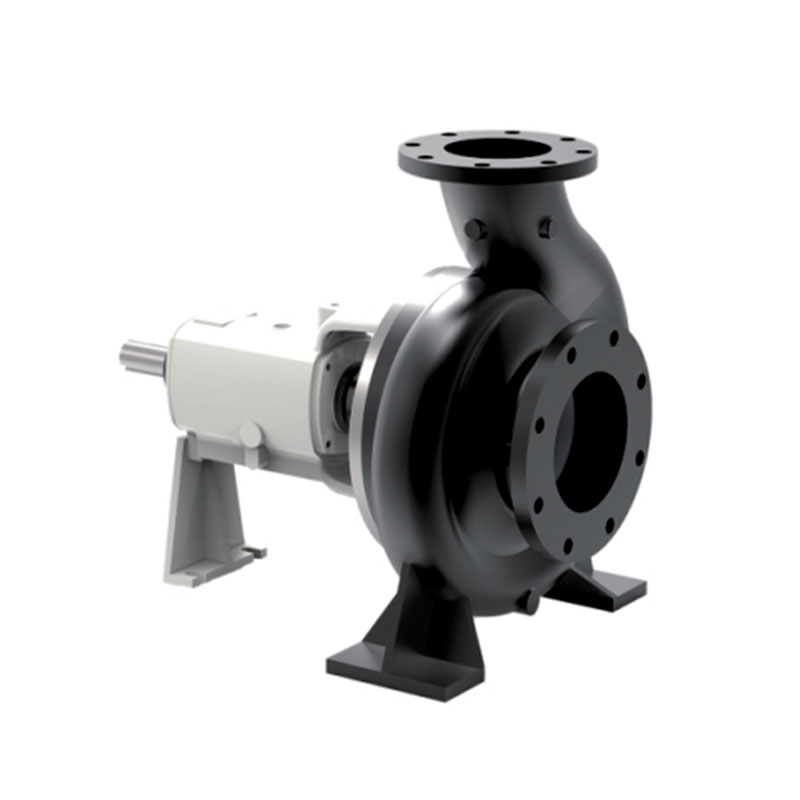
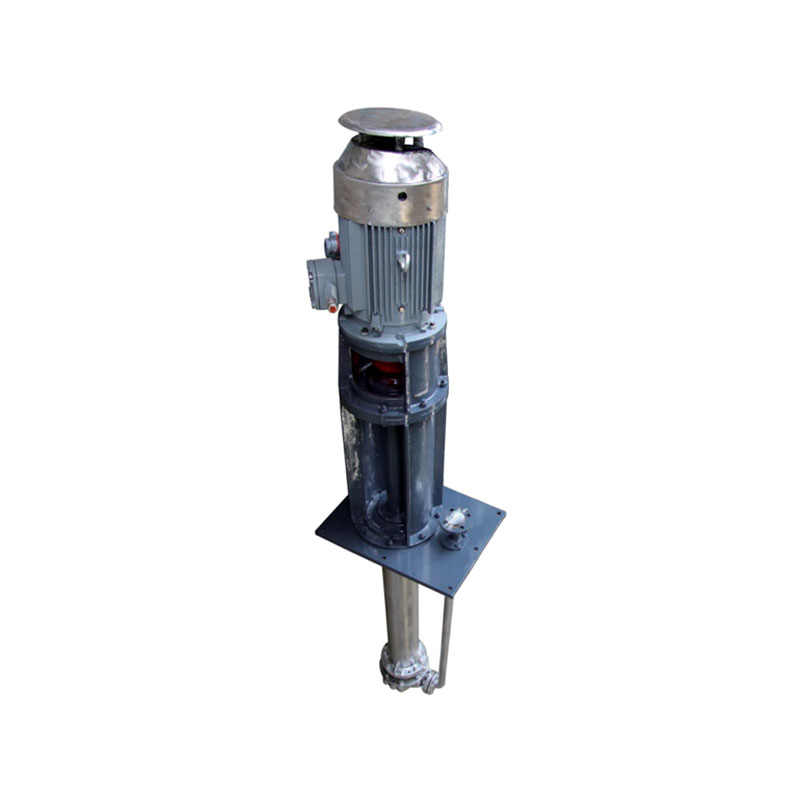
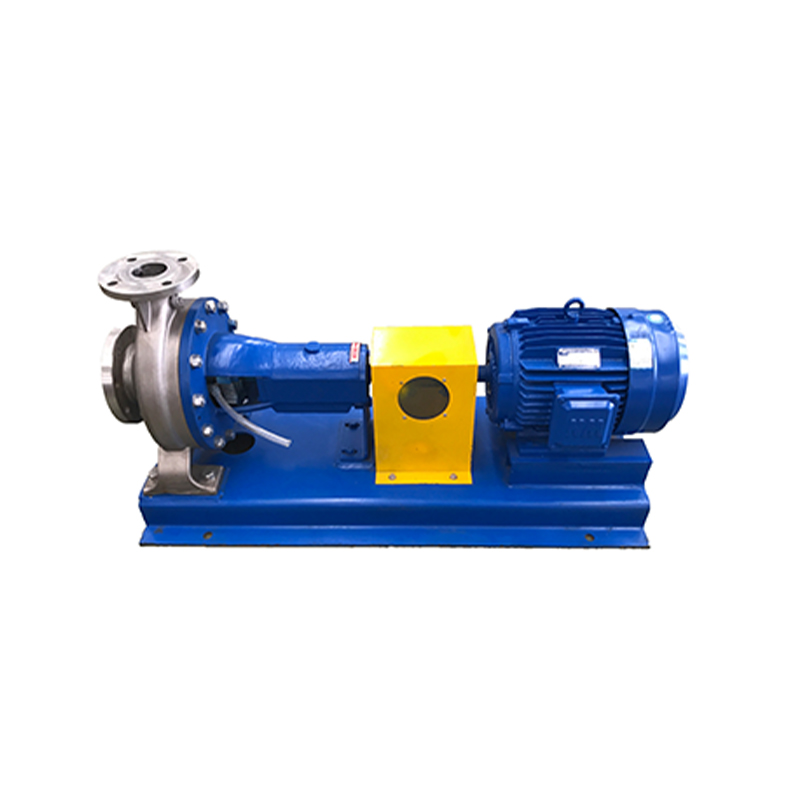

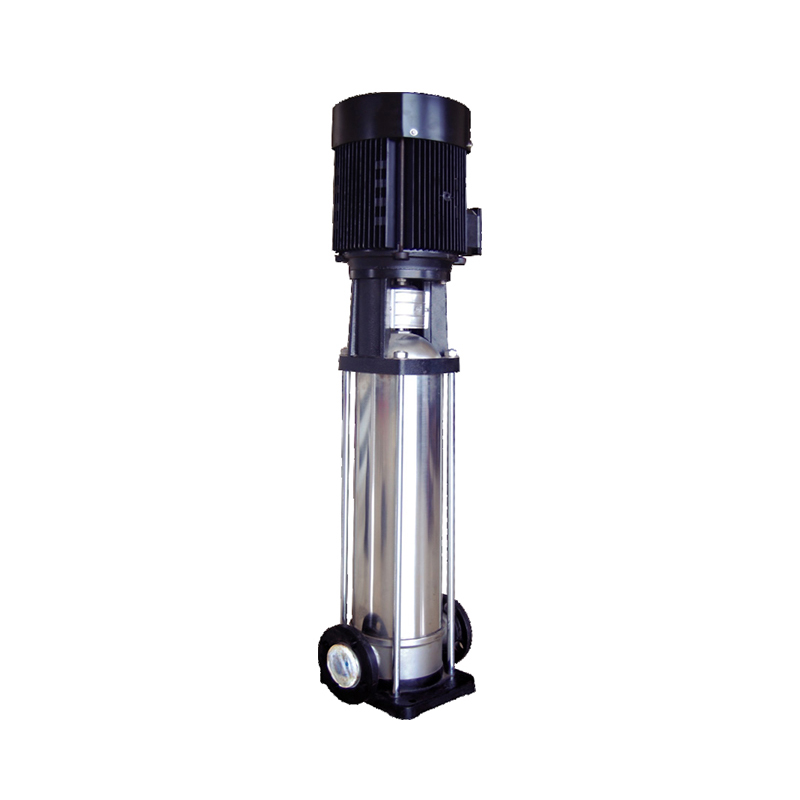






 ENG
ENG

 TOP
TOP